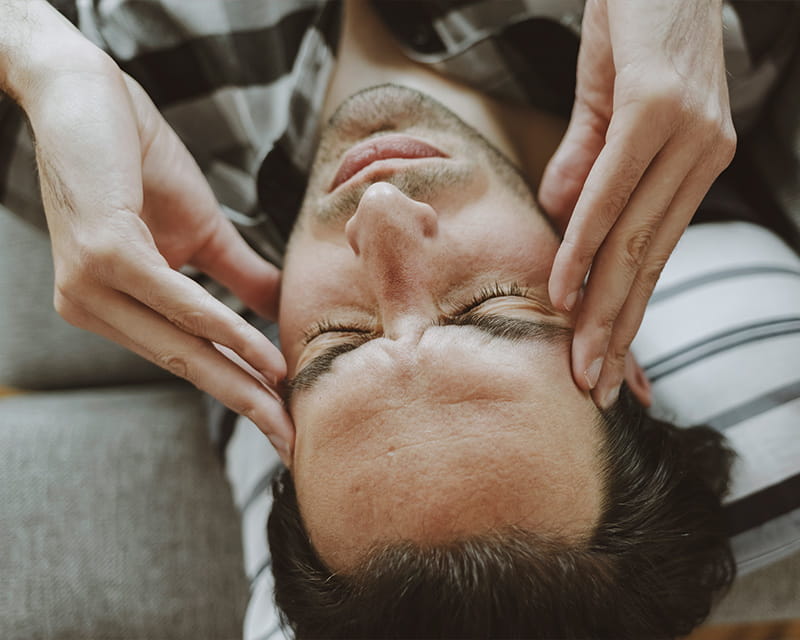
An innovative treatment for chronic post-traumatic headaches
 It takes innovation and determination to deliver effective, personalized treatment that addresses each patient’s unique pain and physical limitations. For more than 50 years, Ohio State’s Department of Physical Medicine and Rehabilitation (PM&R) has been a leader in caring for people with traumatic brain injury, spinal cord injury and stroke, as well as cancer.
It takes innovation and determination to deliver effective, personalized treatment that addresses each patient’s unique pain and physical limitations. For more than 50 years, Ohio State’s Department of Physical Medicine and Rehabilitation (PM&R) has been a leader in caring for people with traumatic brain injury, spinal cord injury and stroke, as well as cancer.
At Ohio State, we are committed to facilitating easier access to the latest physical medicine interventions for cancer pain management and rehabilitation in a setting that is responsive, comprehensive and integrated among specialties. Such a coordinated approach can minimize side effects, speed recovery and lead to better outcomes.
“The broad range of available treatment options means we can relieve pain and improve our patients’ function with the fewest side effects possible,” says Whitney Luke, MD, interim chair of the Department of Physical Medicine and Rehabilitation. She notes that many cancer patients from outside Ohio have been referred to Ohio State for its advanced or alternative treatment choices.
Any individual struggling with neuropathy or nerve pain; muscle, joint and bone pain; or post-surgical pain can benefit from the program’s breadth of pain treatment options.
Depending on the patient’s challenges, a care plan may include medication, technology-based intervention, physical therapy, occupational therapy, psychological support from a counselor or pain psychologist and integrative medicine, such as acupuncture or massage therapy.
Of particular note are the program’s opioid-sparing therapies, as well as neuromodulation techniques that work directly on the nerves to alter pain signaling pathways, including:
Many patients with cancer may experience functional deficits in cognition or physical ability, including fatigue, balance issues, weakness and reduced range of motion.
“If someone is functionally very different than they were prior to their cancer diagnosis, our goal is to improve their ability to function so that they can go home and enjoy their independence,” Luke says.
As we do when addressing pain, Ohio State’s PM&R team designs individual cancer recovery programs using the full range of available services and treatment options.
“A cancer diagnosis is scary and often overwhelming. Many people don’t relish the idea of yet more treatment because they’re already been through so much,” Luke says. “But once patients with pain or deficits have their evaluation and get their therapy, procedure or pain control implant, they’re relieved and usually very happy with the outcome.”
This opportunity to help patients rebuild their lives is what motivates Ohio State’s entire team in Physical Medicine and Rehabilitation.
If you have a patient who could benefit from our approach, we welcome consultations and online referrals. If you need help or have any questions, please call Shelly Gregory at 614-293-3343.
Patients are also encouraged to schedule an appointment directly by calling 614-366-9211.